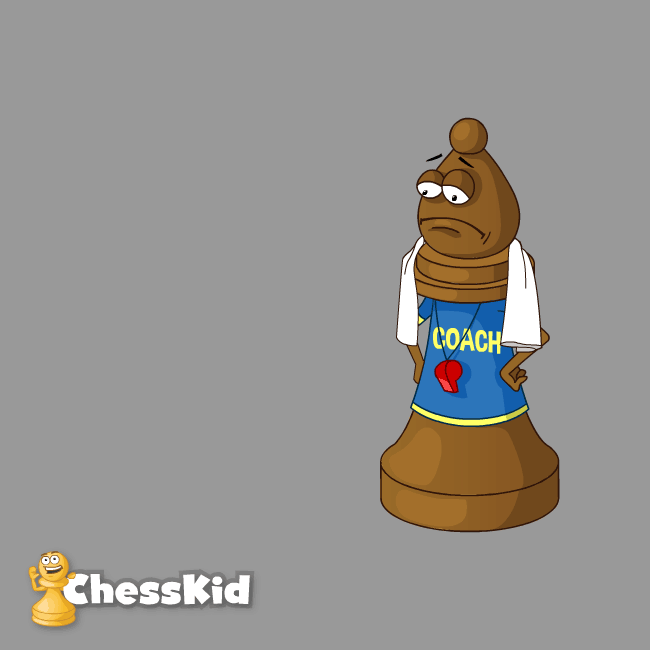Bishop
If you've ever played the classic game of The Floor is Lava, then you know how a chess bishop feels. Learn everything about the chess bishop and why it thinks that some of the chessboard squares are lava, too!What Is A Bishop In Chess?
The bishops are those pointy-head pieces that start the game between the royals and the knights. Each player begins the game with two bishops, one on a light-square and the other on a dark-square.

As you can see, White's dark-squared bishop starts on c1 and their light-squared bishop on f1. For Black, the dark-squared bishop is on f8 and the light-squared one on c8.

The bishop is a minor piece (just like the knight) and is worth three points. It's more valuable than a pawn, worth the same as a knight, but less valuable than a rook or a queen.
How The Bishop Moves
The bishop can go as far as it wants in any diagonal. Like most other pieces, it can't jump over others.

An interesting fact about the bishop is that it can only move to squares of the same color throughout the whole game. It's like the light-squared bishops are always playing dark squares are lava, and the dark-squared bishops are doing the same for the light squares.

Unfortunately for the bishop, this means that they can never capture a piece standing on a different color than they are. This experience can be very frustrating for the bishop and its player.

Because of that, bishops are much stronger when they can count on their sibling to help them. Alone, they can only ever step on half of the board's squares. However, together they can control everything. Look at how many squares the bishops can attack when they join forces!

There is one last thing that you need to remember if you want to use your bishops. Whenever you capture a piece with it, you need to land on the square where the piece was and stop. You can't capture more pieces on the same move, even if they're lined up with your bishop.

Wrapping Up
You now know which piece the bishop is, how it moves, and why they're much stronger when they work together. Take a look at our Lessons page to learn even more about this piece!